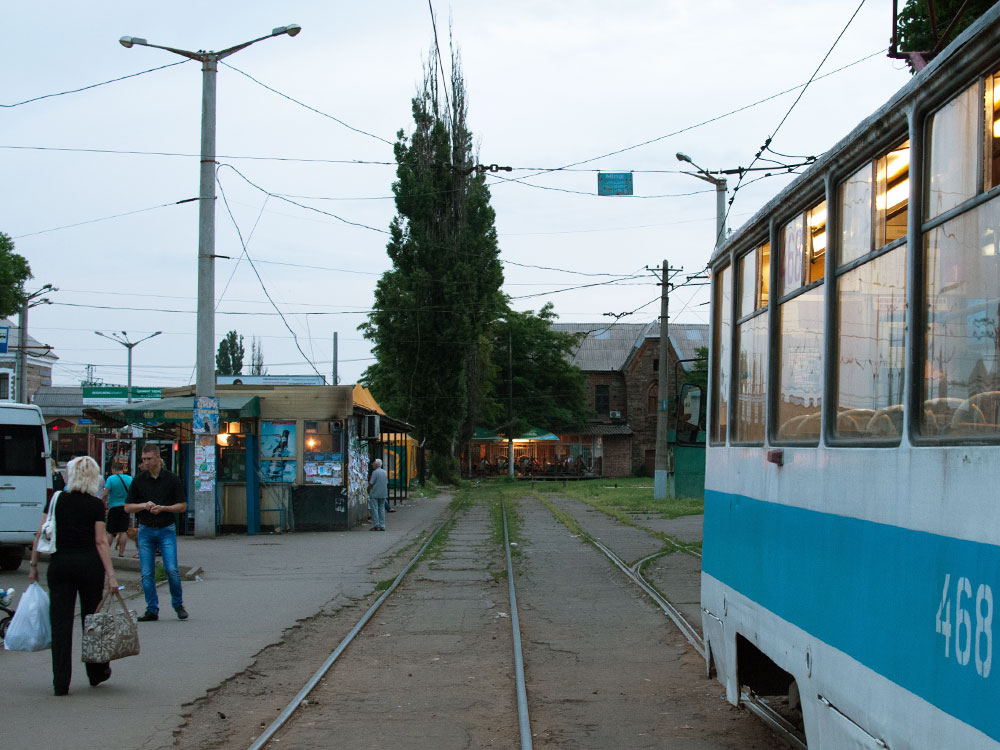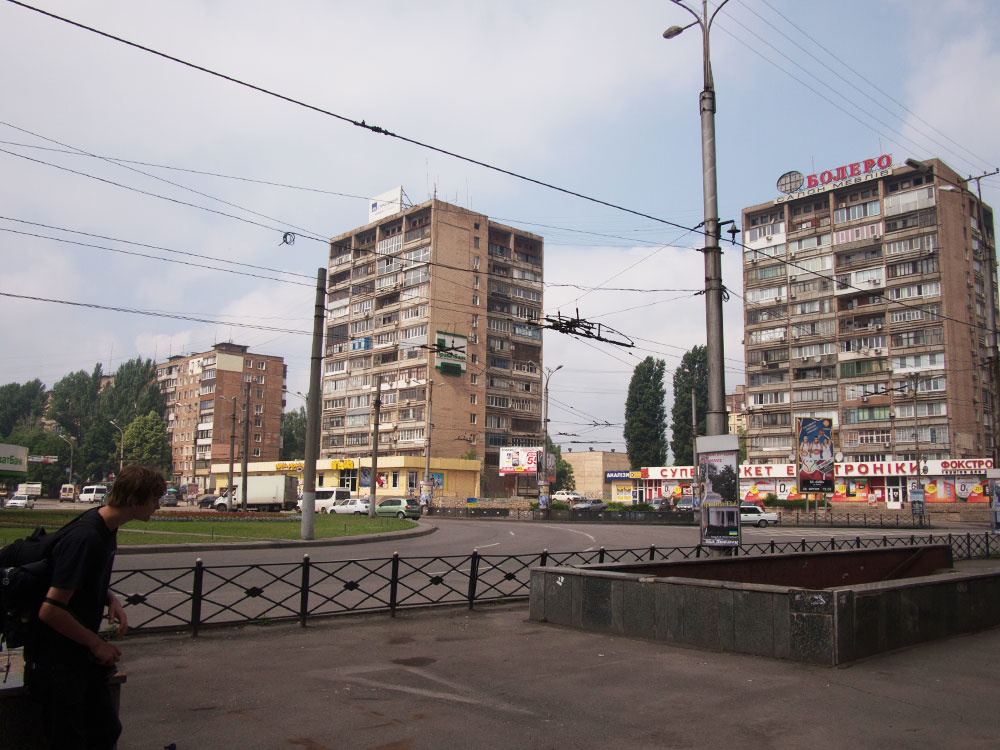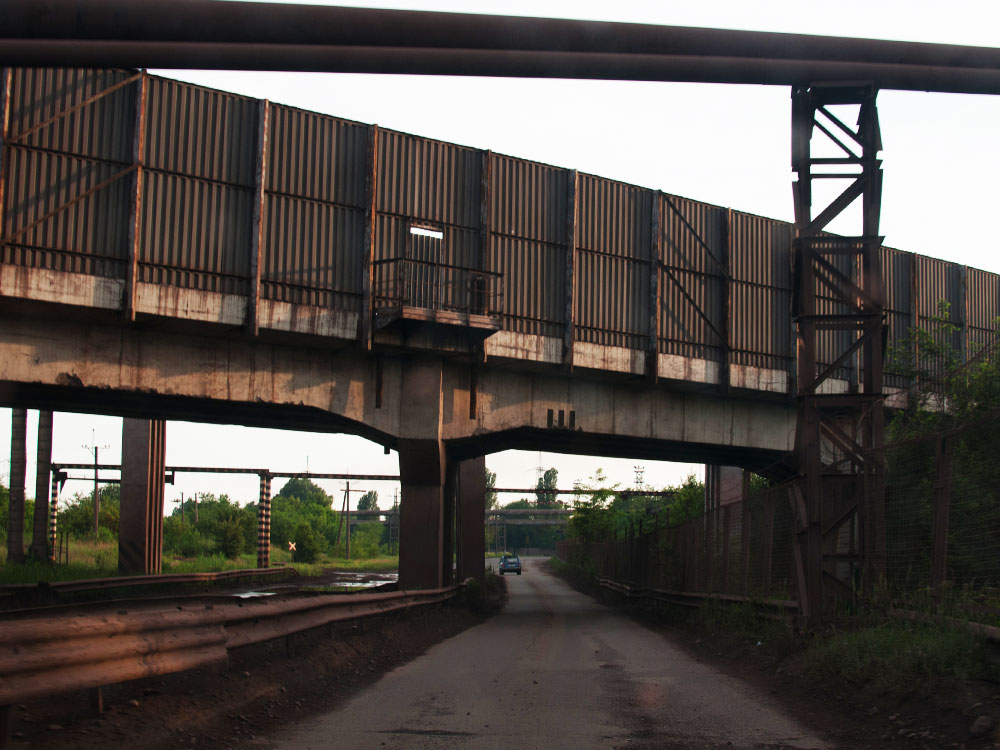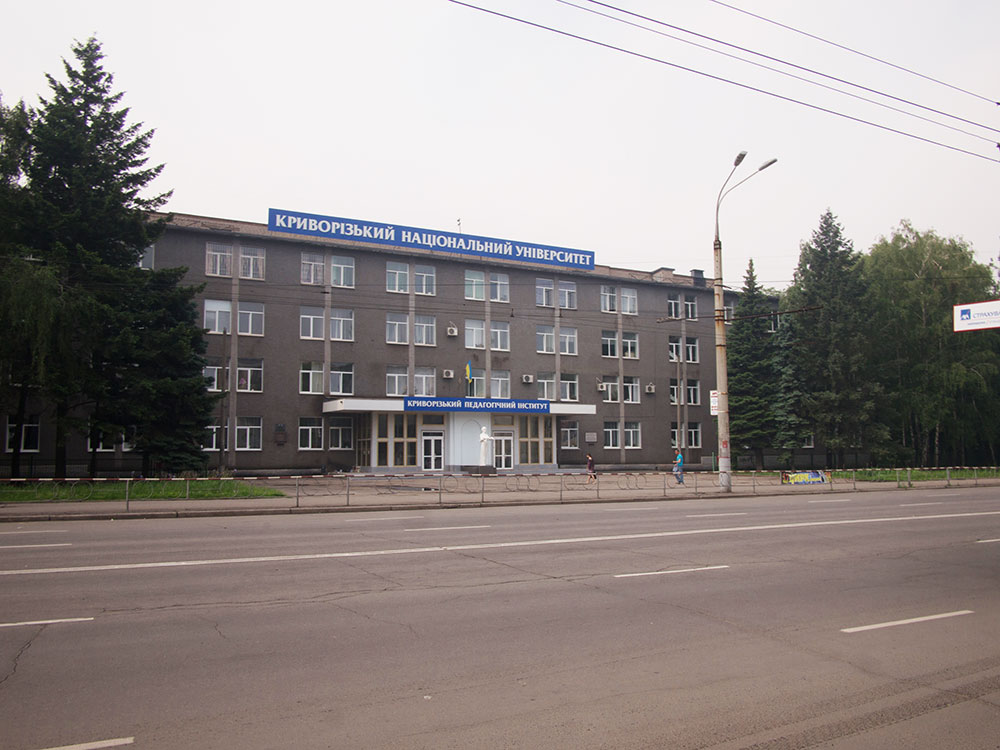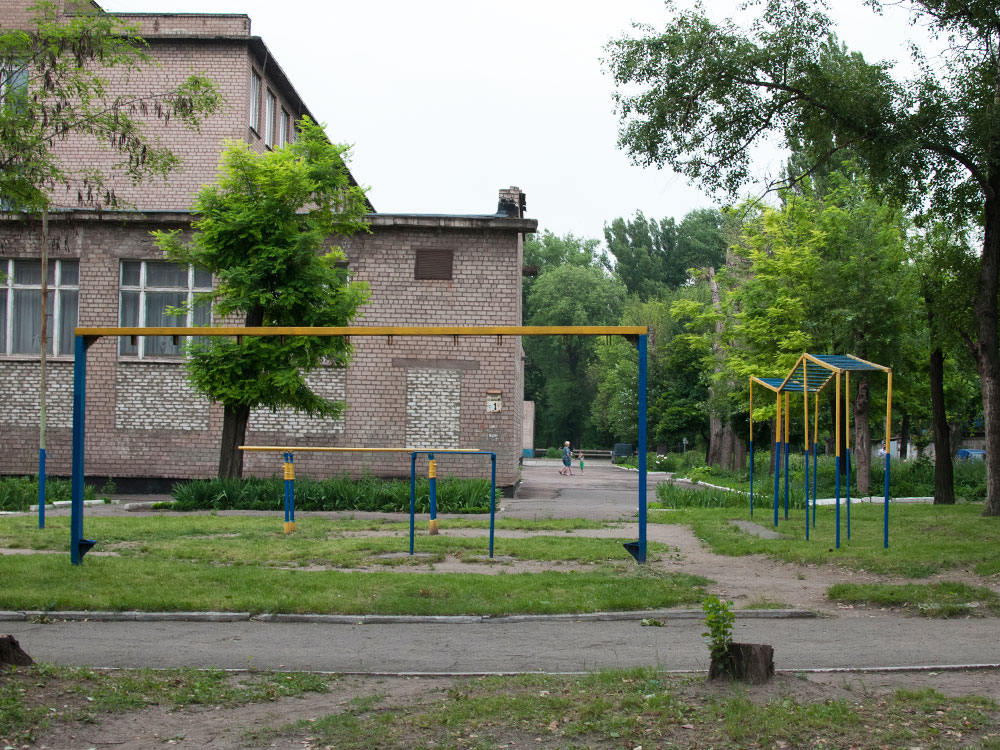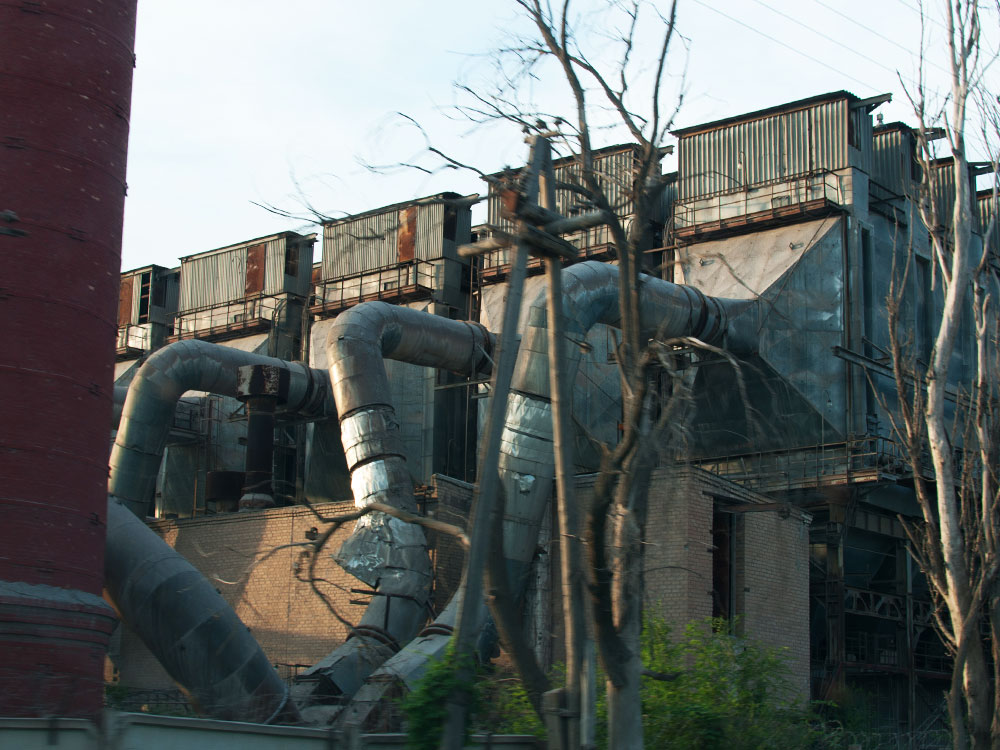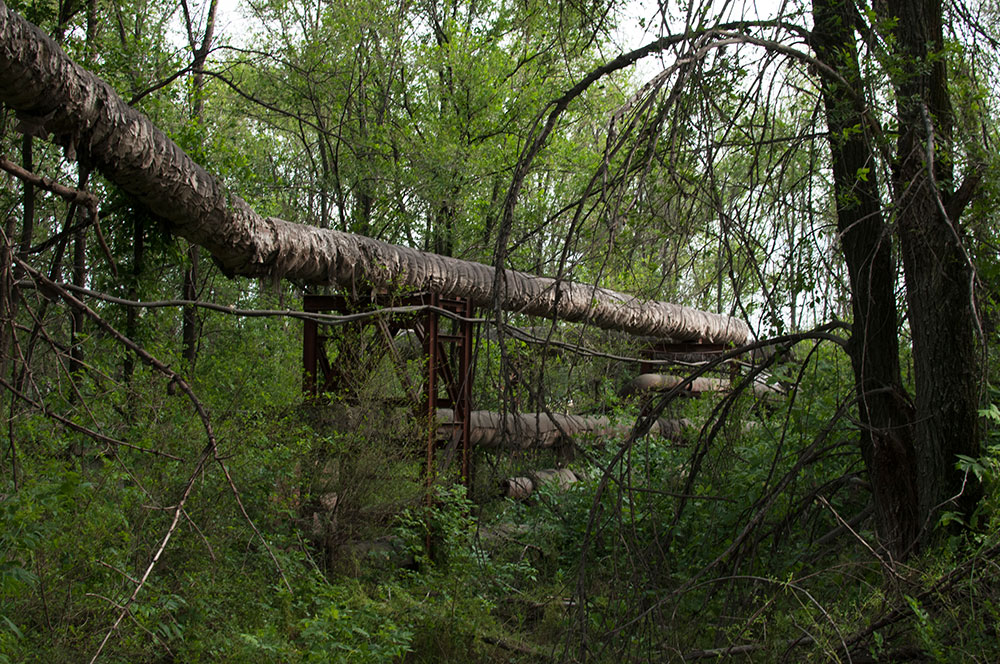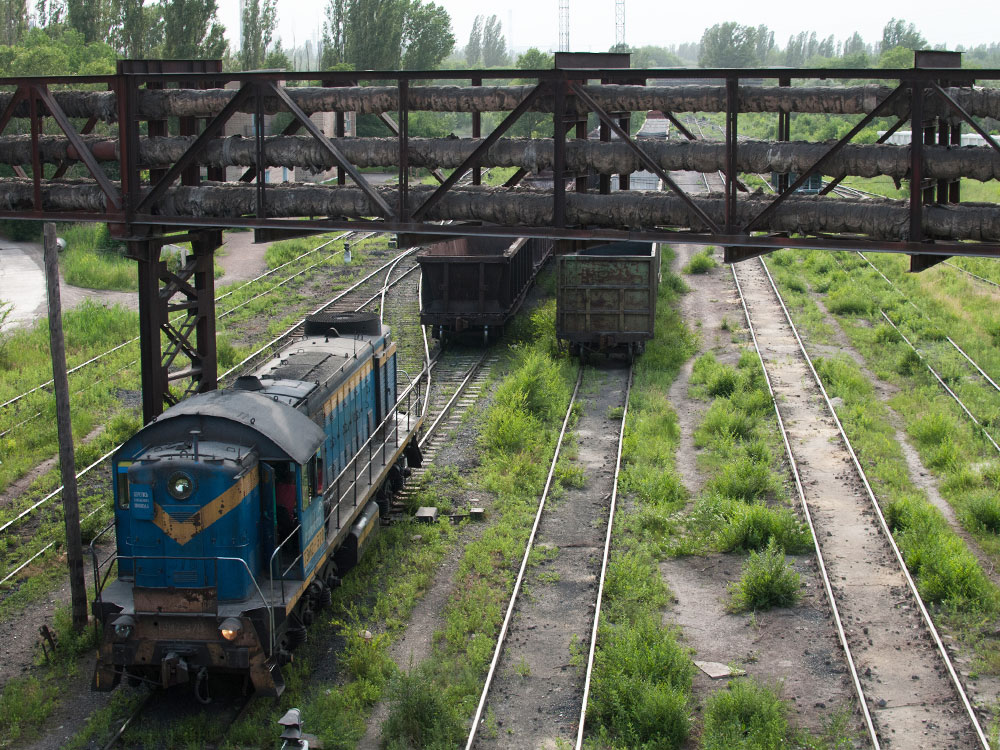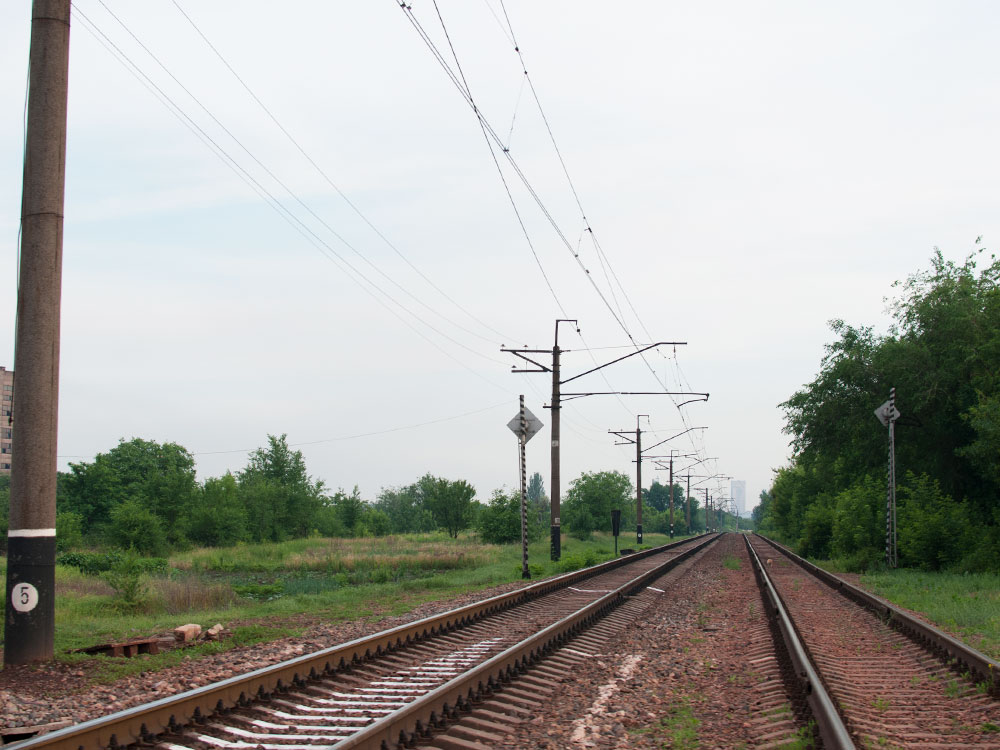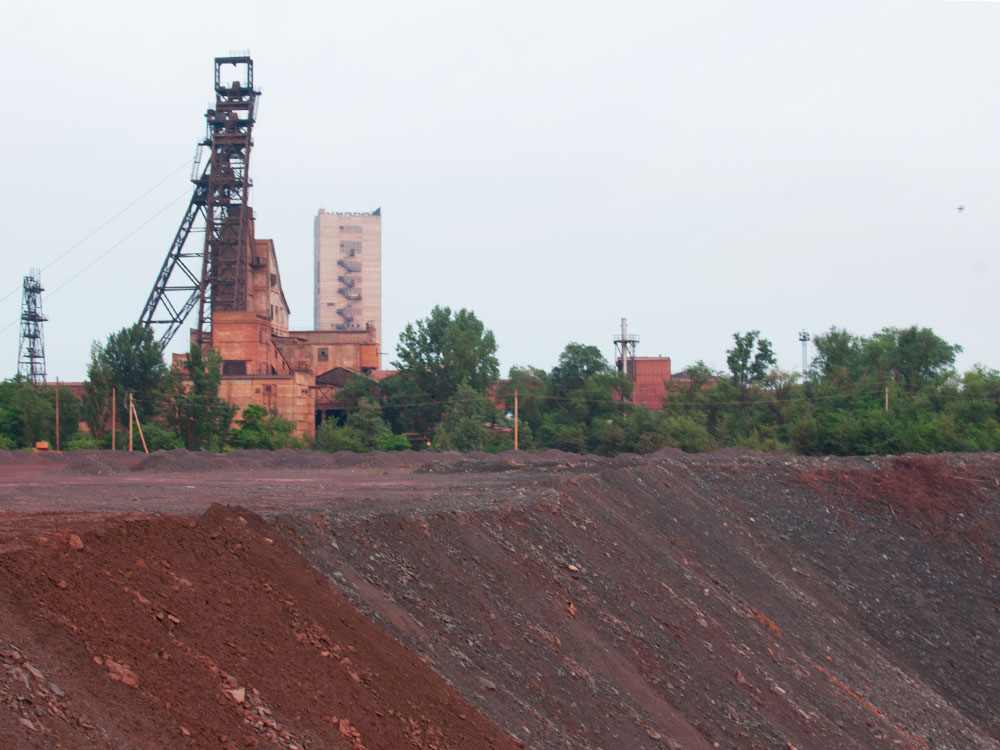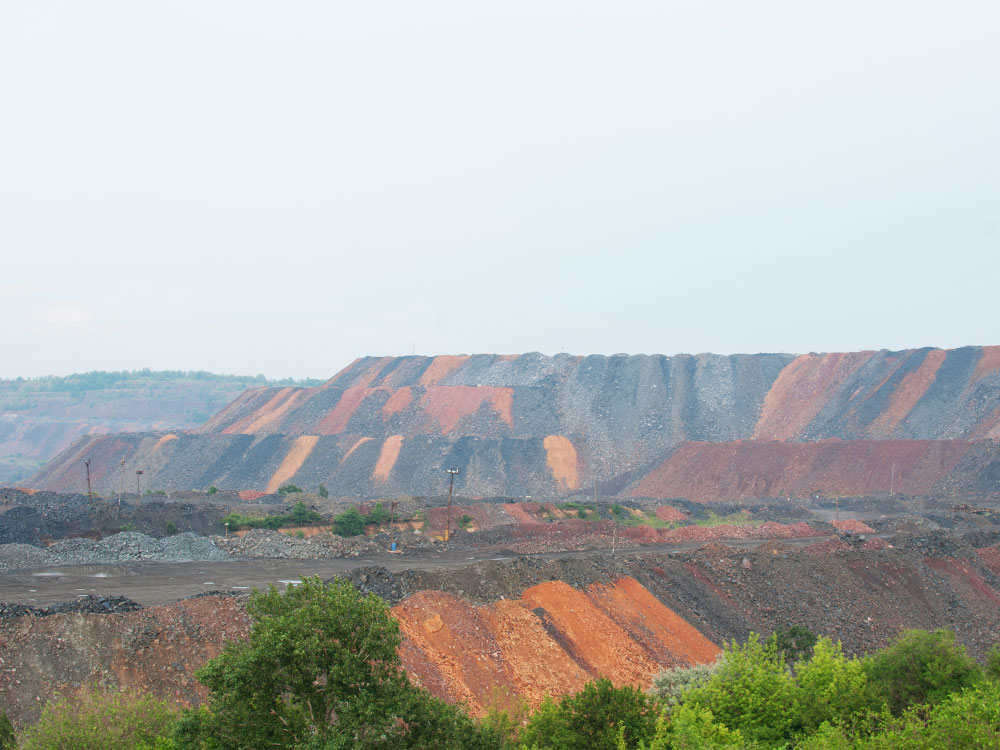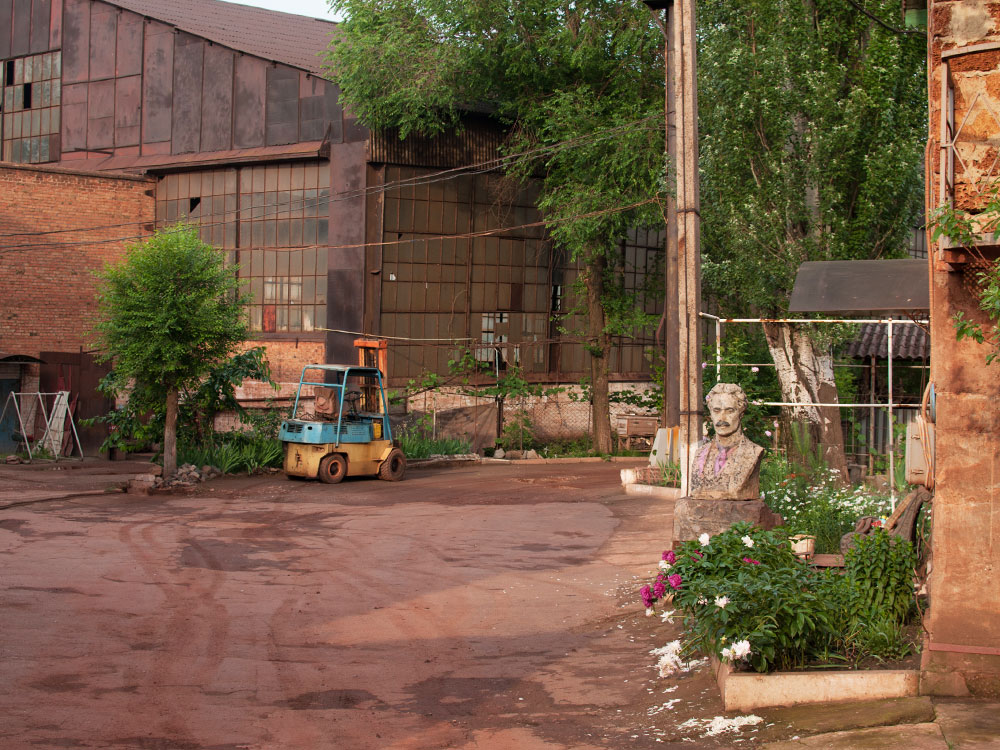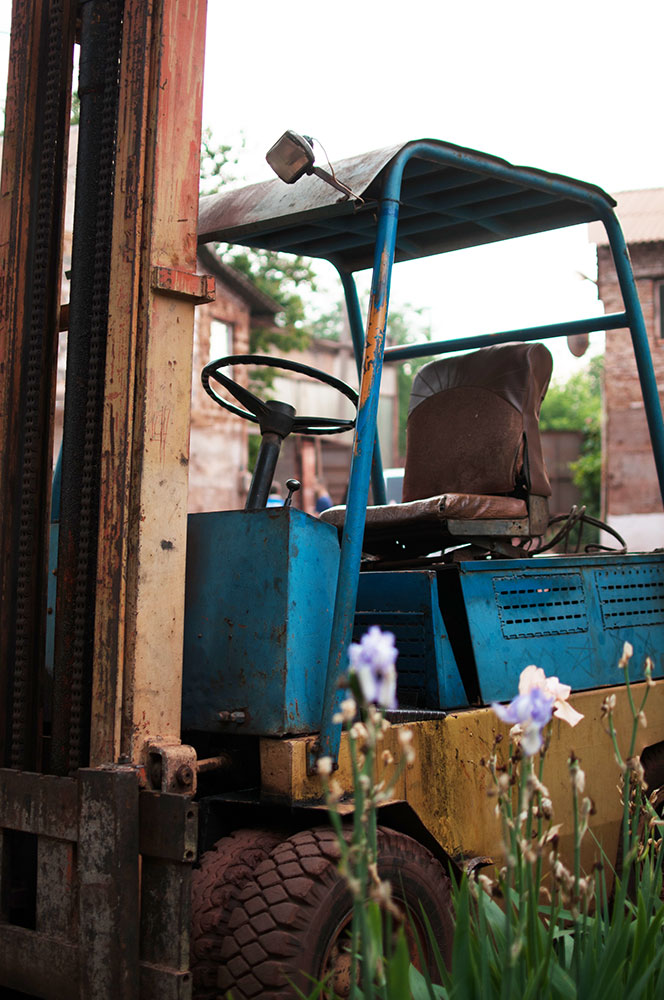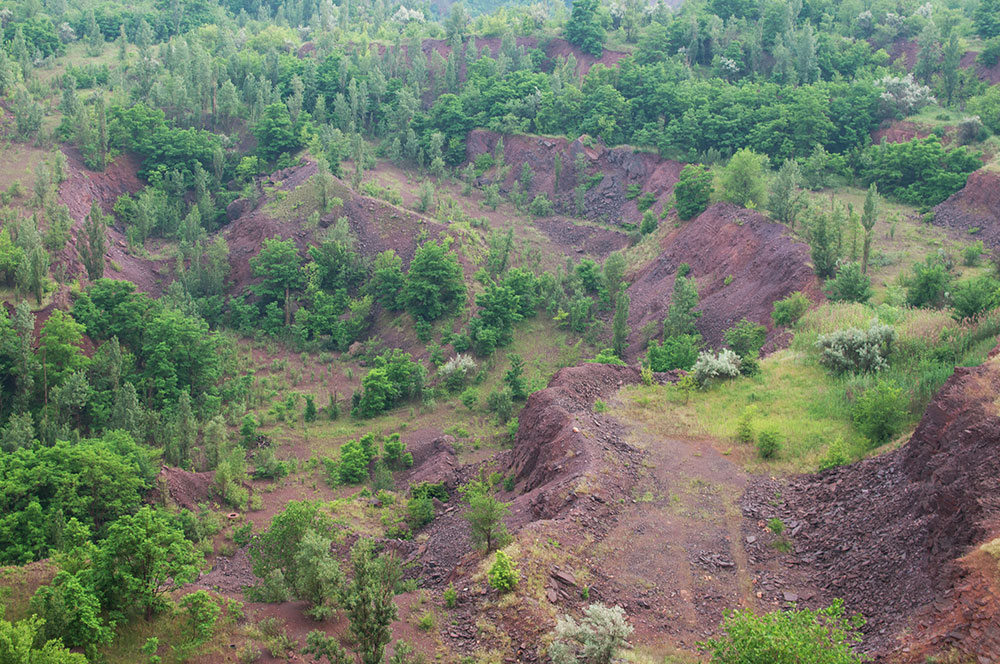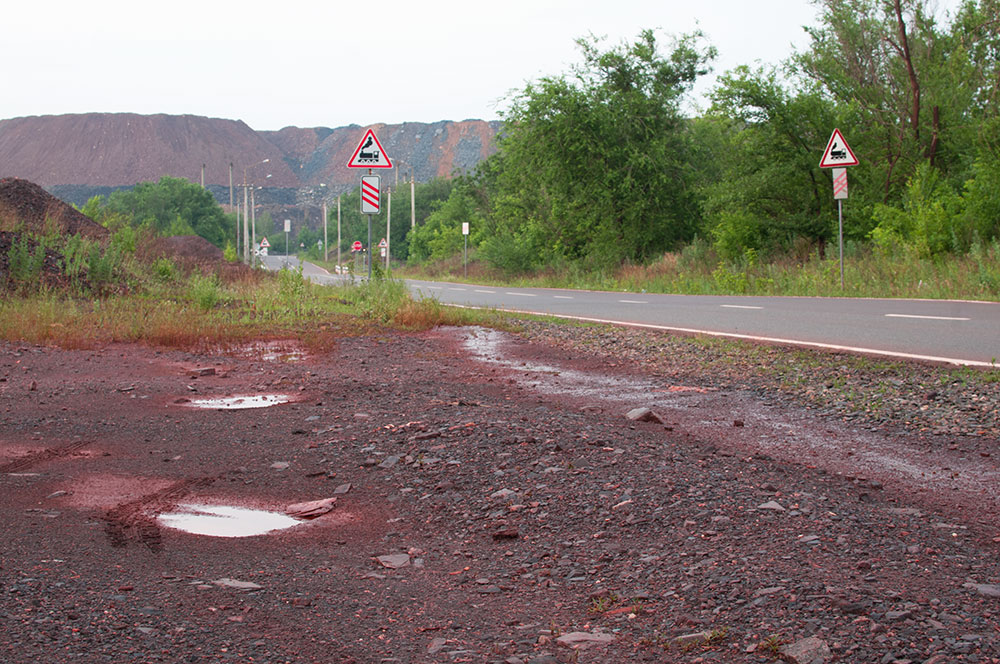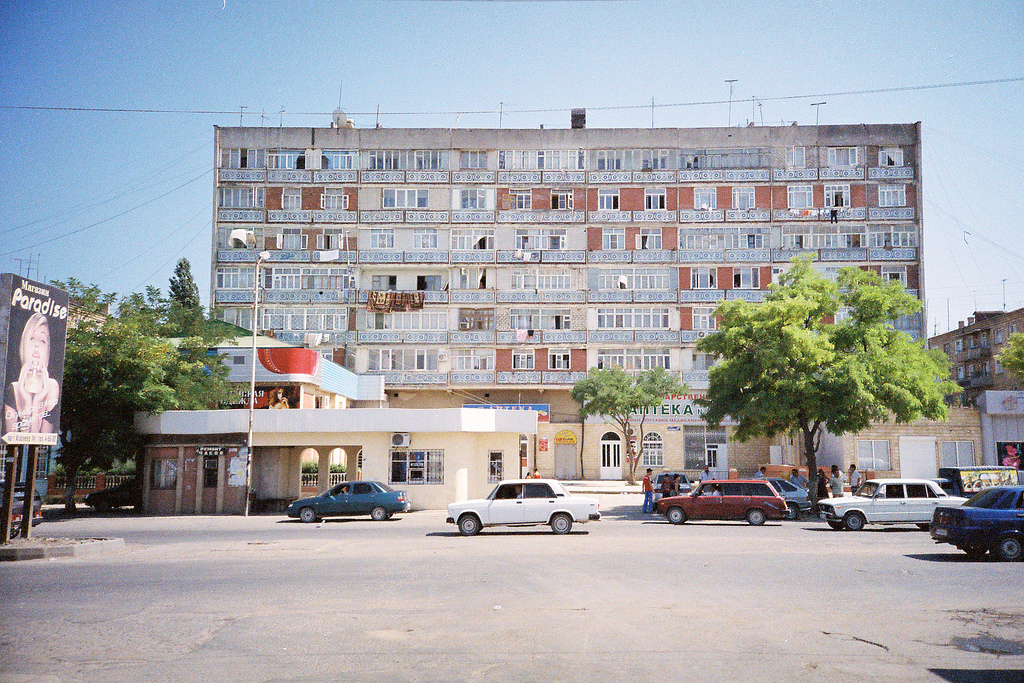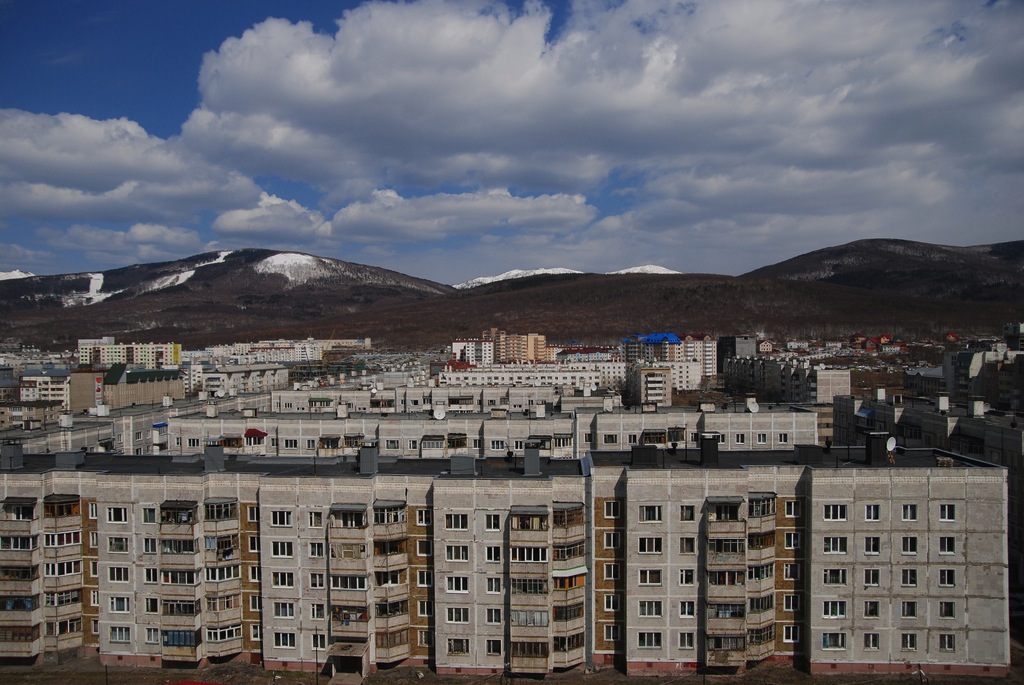Letter from: the blast furnaces of Kryvyi Rih, Ukraine’s decaying industrial heartland
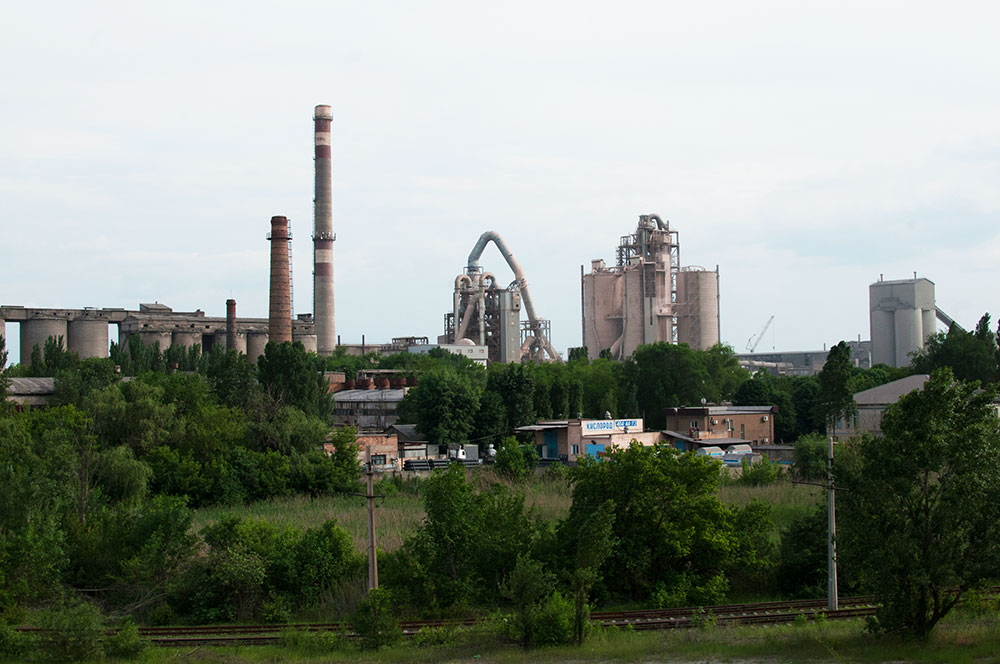
Once the industrial pride of the Soviet Union, Kryvyi Rih has become one of Ukraine's most polluted cities. Alan Turgutoglu met some of the iron men of the Kryvbas
Ugly cities are plentiful in Ukraine, but Kryvyi Rih, a city in central Ukraine’s Dnipropetrovsk region, is uglier than most. Its skyline of towering pit heads and blast furnaces extends for 130 km across the horizon, following the line of the region’s iron ore deposits. The city has the odd distinction of being the longest city in Europe.
The statue of Lenin still looks proudly upon his labourers, even though many of the iron ore mines are now long closed. In a country where nobody minds the rashes from bathing in the polluted seas and rivers in summertime, this city is dirty enough to make people want to leave. What brought me here were the stories of former inhabitants who left and who told me that the pollution is so bad that houses, cars and even cats and dogs are constantly coated in red dust, a by-product of the ore extraction process. Upon arrival I was welcomed by a cloud of smog unlike anything I’ve seen in Ukraine, rivalling that of some Chinese cities.
It’s worse in the evening, when the sky is covered with brownish-red clouds of smoke. The chemical smell is nauseating. “It’s probably because these plants function at lower capacity in the morning and afternoon, then go up to full capacity in the evening. People are less likely to complain then,” Andrei, 28, tells me. He’s a foreman in a metallurgical plant at a full-cycle combine, a complex which carries out the complete iron production process from the moment the ore is extracted from underground all the way to casting the metal bars which are then shipped across the country. The fuel for the blast furnaces is also mined here in the form of coal and then processed into coke, meaning that the city deals with pollution at every stage of the production process.
Until the largest steel conglomerate in the world, ArcelorMittal, bought it in in 2005, this complex was known as Kryvorizhstal. It was once the industrial pride of the Soviet Union, offering work to over a million people. Today, over half of its plants have closed, and the steel giant’s money marked the first investment into the mining and steel casting technology in over 20 years. It’s still nowhere near the levels of plants in Poland, Germany or the Czech Republic, says Andrei, who has visited these countries and their industries. At the moment he’s taken over the office for an engineer who’s on holiday — normally, his job takes place in the workshop. Most of his working tools are pretty modern, but some of the equipment he has to work with is over 60 years old, built shortly after the war.
“Of course we try to work as safely as possible, but sometimes accidents happen. Sometimes a worker loses his arm or even his life here in the plants,” Andrei said. Most of his team are young guys in their twenties, like himself. He doesn’t really like his job — the hours are long and it’s hard work. But because of the country’s economic problems, he’s glad that he’s at least got a steady job and a salary, which, despite the risks, isn’t that high compared to the Ukrainian average (miners earn up to $1000 a month, while the average salary is about $300-$400).
“Of course we try to work as safely as possible, but sometimes accidents happen. Sometimes a worker loses his arm or even his life here in the plants”
“The guys in the mines make more money, since their work is much more dangerous,” Andrei told me. It’s common for metal workers and even for people who don’t work in the industry to get ill in this city. Andrei recently spent six months in hospital with kidney problems, which he blames on the pollution in either the air or the city’s water supply. He hopes that he can leave the city eventually. “The working conditions are just much better and safer in other European countries. But if I can’t go abroad, I’d like to live in Lviv, or elsewhere in the west of Ukraine. The people are just much nicer over there.”
The mining in the Kryvbas, the iron-rich region named after Kryvyi Rih, is completely different from the Donbass, the eastern coal-mining region of Ukraine, now locked in a violent conflict between Ukrainian forces and Russia-backed rebels. The miners from both regions have a rivalry going back decades, according to local photographer Sergei Zaitsev, who has followed the city’s industry and workers for years. “The level of the people is much higher here, they’re more cultured,” he said.
Essentially, he sees the Donbass as being full of degenerates. The coal of Donetsk and Luhansk — two cities at the heart of the conflict — is very close to the surface and easy to access, while the iron ore of the Kryvbas is located very deep underground and poses serious engineering challenges, with some of the tunnels reaching down 1000 metres. “They brought the best and brightest mining engineers from all over the Soviet Union to this city to work on the tunnels, while the hard mining was mostly done by criminals and lowlifes. Over time, those populations mixed. In the Donbass it’s mostly just the scumbags and none of the scientists,” Sergei said.
The fact that the Donbass coal industry is heavily subsidised by the Ukrainian state, while the steel industry comprises 25% of its profitable exports, doesn’t really help things. Sergei points to one of his photos — of a mining ditch — at an exhibition in the local museum. He wants to see the ‘Donetsk People’s Republic’ end up in there, along with Rinat Akhmetov, the richest man in the country, head first. Akhmetov, the oligarch in control of most of Ukraine’s industries, including about 80% of the Kryvbas’s mining through his Metinvest company, is alleged to have been one of the main initial sponsors of the separatists in Donbass. (He later condemned their actions, urging his steelworkers to protest against them.)
Sergei says Akhmetov is one of the reasons why the region is in decline. The money made by the industries isn’t being invested back into the city. “All the money is going to offshore accounts abroad, to countries like Cyprus,” Sergei said. Essentially, the country is being bled dry of its resources and not getting much in return. Because of the outdated refining technology, the quality of the steel isn’t very high either, and not suitable for bridges or cars, for example.
Due to the closure of mines and steel mills and a lower production output (accompanied by massive layoffs) in the last two decades, the environment has improved somewhat. During the Soviet era, the entire city was coated in smog and red dust, but now it’s mostly limited to the immediate areas surrounding the mines. Andrei remembers how the water in the city centre’s canals and ponds was a rusty red, something that has since been cleaned up. Satellite images from Google Maps show that there are still red bodies of water. I went to check a few of these out, but they turned out to be blue. It appears that despite the city’s bad reputation, there is some work being done here and there to clean up the environment. Andrei says that once a year, he and his friends go to the nearby river banks to clean up the trash. “By the end of the day we’ll have a pile that’s about a hundred metres long,” Andrei says. It’s not common for the city’s inhabitants to care about the environment. “I think the people here mostly care about the ‘alcohol life’”, he says.
There’s nothing except the industry that keeps people here, and the money isn’t being invested into the people working in it
Аlcoholism and drug abuse are a big problem in this town, accompanied by HIV/AIDS and violence. These are common problems all over Ukraine, but apparently the miners here especially love their daily share of vodka and beer after work. Andrei thinks that although people in this town are rougher and more violent than in other industrial cities like Dnipropetrovsk, younger people drink less these days. “Maybe it’s because they’re more aware of the problems that alcohol causes,” he says.
Alexander, a 21-year-old steelworker, agrees that it’s mostly a problem for the older generation. “They’ve still got the same mentality of the Soviet Union. The young people here are different. This town isn’t that bad now,” he says. Alexander thinks there might be good opportunities for making money in Krivyi Rih, but would prefer to move to another city in the west as well, though he thinks IvanoFrankivsk would be a better place to find a job than Lviv. Like many other youths in this town, he went straight from high school into trade school and started working in the combine. “I do like working in the foundry, with these 500-tonne machines; it’s really impressive.” He’s in a band and they sometimes perform in different cities across the country, but not in his home city. “There’s just not as much room for music or culture here as in other cities. A lot of young people are trying to leave this town.” It’s a statement I found echoed by many others in their twenties.
Mining gave birth to Kryvyi Rih and is the sole reason for its continued existence. Ukraine was once the industrial centre of the Soviet Union, but a lack of opportunities for young people now means that they often leave town to find a job elsewhere. This is the one of the most important cities for Ukraine’s exports — steel products account for 25%, and most of it is made here. Yet the city is clearly decaying. The plants that were shut down in the last few decades haven’t been replaced by new types of business. Roads are not being maintained. Nothing new has been built since the fall of the Soviet Union.
It’s not just visible in the rust of the industries and the cracks in the road and the bankrupt football team, but also in the doubts of the new generation. There’s nothing except the industry that keeps people here, and the money isn’t being invested into the people working in it. This neglect, resulting from corruption, is a problem across the entire country. Kryvyi Rih doesn’t sport as many national flags as other Ukrainian cities started doing after the Maidan protests in Kiev. Life here goes on as it always has, as it always will, until the day the ore runs out or the remaining mines close.
